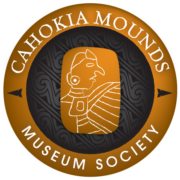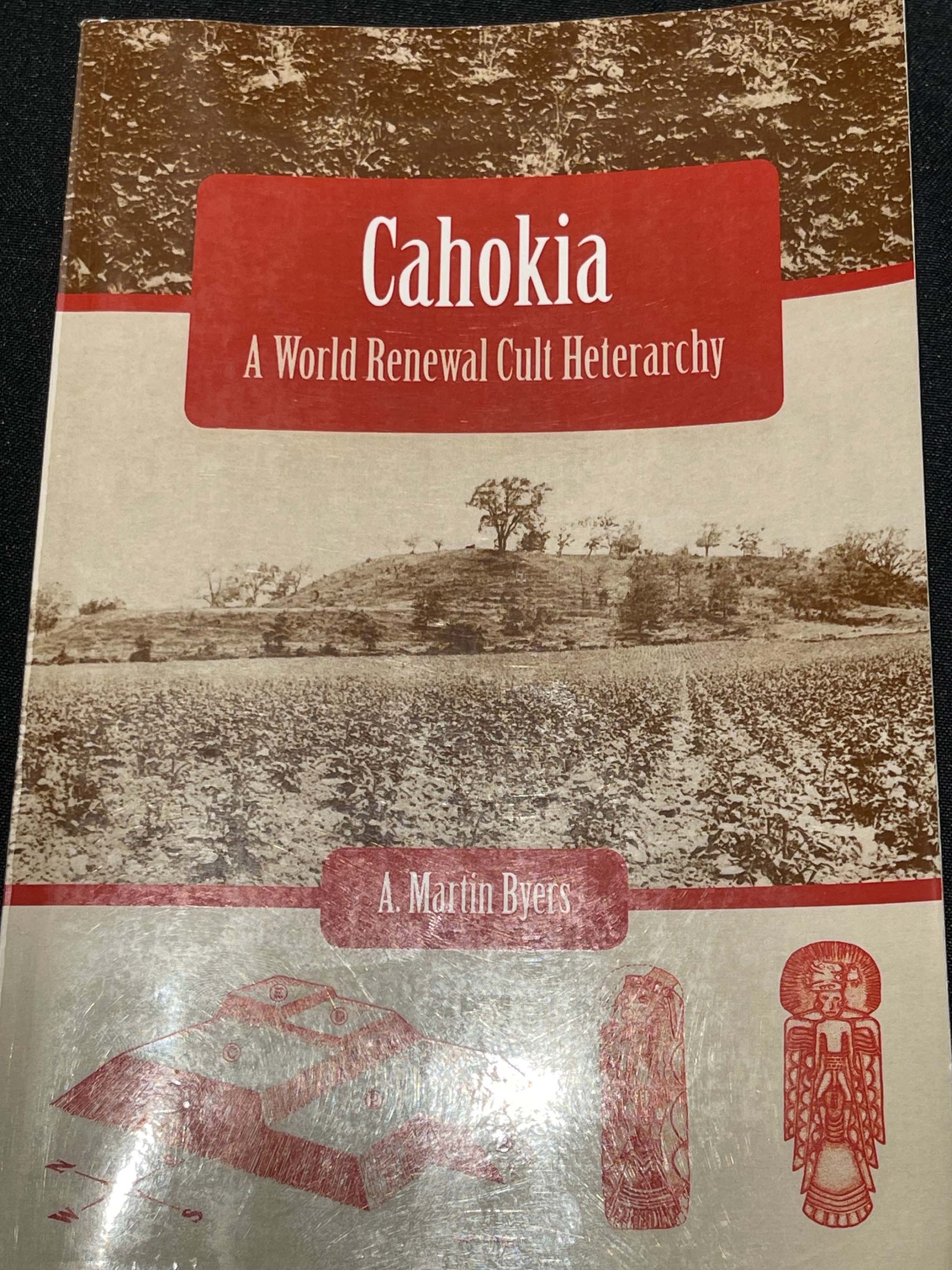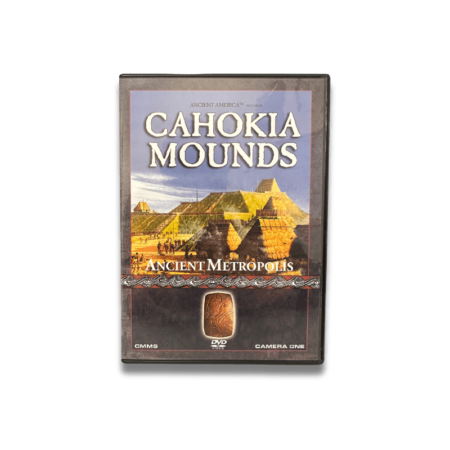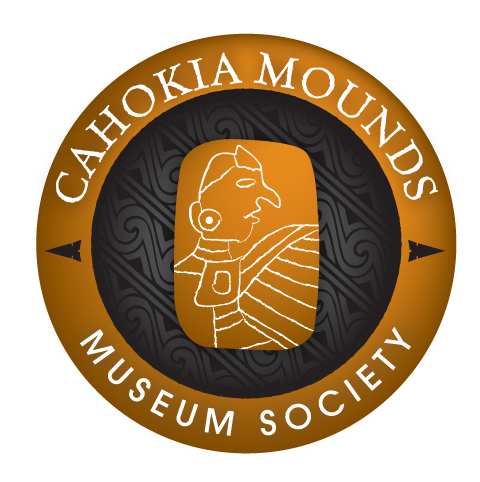Description
“Cahokia, with over 100 mounds, has generally been viewed as the most complex Mississippian chiefdom, perhaps approaching the level of a state. In this view, the huge mounds at Cahokia are seen as statements about power and politics. Byers argues against this view, arguing instead that the constructions at Cahokia are fundamentally about rituals structured by non-kin ‘cult’ institutions.”—Journal of The Illinois State Historical Society
“Byers says Cahokia is not a place where chiefs at the apex of a political or religious hierarchy constructed monuments to their power. Instead, he argues, Cahokia is a place where multiple separate ‘cults’ constructed facilities for rituals that were intended to ameliorate the increasing ‘pollution’ of the world caused by the increasing human use and modification of the landscape…The virtue of Byer’s book is that it challenges some of the taken-for-granteds that figure into other accounts of Cahokian society. This is a careful and extended piece of scholarship from an original thinker.”—Cambridge Archaeological Journal
“A brilliantly original, innovative interpretation of the site and Amerindian late prehistory, and should by examined by every professional archaeologist and historian. Summing up: Essential.”—Choice
Cahokia, located in the northern expanse of the American Bottom, opposite present-day St. Louis, is the largest known North American prehistoric site north of Mexico. Rather than considering it the seat of a dominant Native American polity, a “paramount chiefdom,” Martin Byers argues that Cahokia should be thought of as an affiliation of mutually autonomous cults that pooled their labor and other resources and established their collective mission as the performance of world renewal rituals by which to maintain and enhance the sacred powers of the cosmos.
ISBN: 978-0-8130-3386-0








